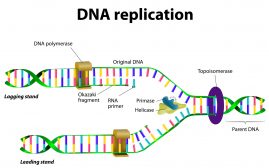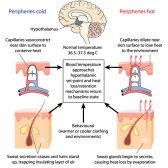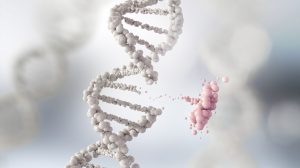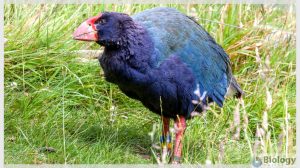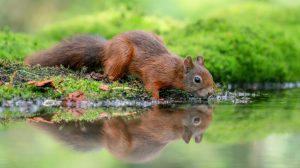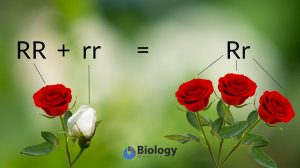Definition
noun, plural: desmosomes
A type of cell junction made up of desmosome-intermediate filament complexes, which in turn consists of cadherin proteins, linker proteins, and keratin intermediate filaments
Supplement
Cell junctions are cellular structures that provide contact between adjacent cells or between the cell and the cellular matrix. In vertebrates, there are three main types of cell junctions: (1) anchoring junctions (e.g. gap junctions, hemidesmosomes, and desmosomes), (2) communicating junctions (gap junctions), and (3) occluding junctions (tight junctions).
A desmosome aids in cell-to-cell adhesion. It attaches the cell to its neighboring cell. One of a number of differentiated regions which occur, for example, where the cytoplasmic membranes of adjacent epithelial cells are closely apposed. It consists of a circular region of each membrane together with associated intracellular microfilaments and an intercellular material which may include, for example, mucopolysaccharides.
A desomosome is made up of desmosome-intermediate filament complexes, which in turn consists of cadherin proteins, linker proteins, and keratin intermediate filaments.
The desmosomes were first discovered by an Italian pathologist, Giulio Bizzozero and named them nodes of Bizzozero. Later, they were called desmosome (literally, “binding body”), which was coined by Jose Schaffer.
The desmosomes provide strong cell-to-cell adhesion and in humans and other vertebrates they are found in tissues exposed to intense mechanical stress. Examples of these tissues are cardiac muscle tissues, bladder tissues, epithelial tissues, and gastrointestinal mucosa.
Word origin: Greek desmós (“link, connection”) + –soma (“body”)
Synonym(s):
- macula adhaerens
- bridge corpuscle
See also:
Related term(s):

